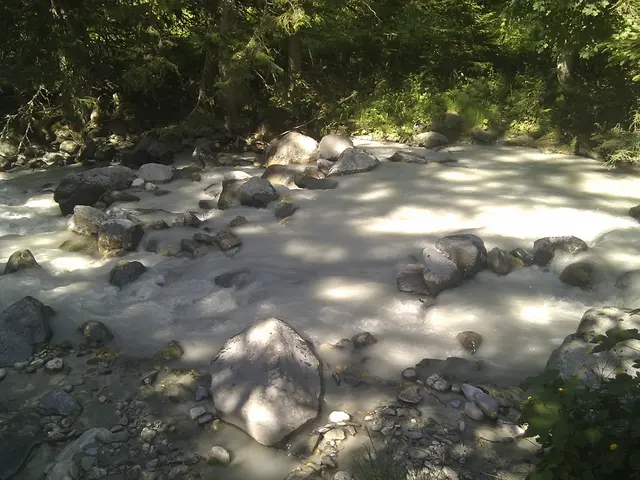Shrimp Farming in India Booms, Tapping 11.91 Lakh Hectares of Potential
Shrimp farming in India, particularly in states like Andhra Pradesh, Tamil Nadu, and West Bengal, is experiencing growth. Two prominent species, Tiger prawn (Penaeus monodon) and Indian white prawn (Penaeus indicus), are in high demand, especially in international markets.
Successful shrimp farming relies on starting with quality post-larvae (PL 15 to PL 20) from reliable hatcheries. The ideal location should be near the sea or a river, not overly populated, and have good road and electricity access. Clay or loam soil with healthy pH levels is suitable, while sandy or acidic soil should be avoided.
Currently, only around 1.2 lakh hectares of the potential 11.91 lakh hectares of brackish water land are used for shrimp farming, leaving vast untapped potential. Ideal water conditions for shrimp farming include temperatures between 26 and 32 degrees Celsius and salinity between 10 and 25 ppt. Stocking densities vary depending on the farming system, ranging from 10 to 50 shrimp per square meter.
Key considerations for selecting a location include security, labor, equipment, and feed availability. With the right conditions and management, shrimp farming is transforming traditional fishing areas along India's coastline into a high-value aquaculture industry.






